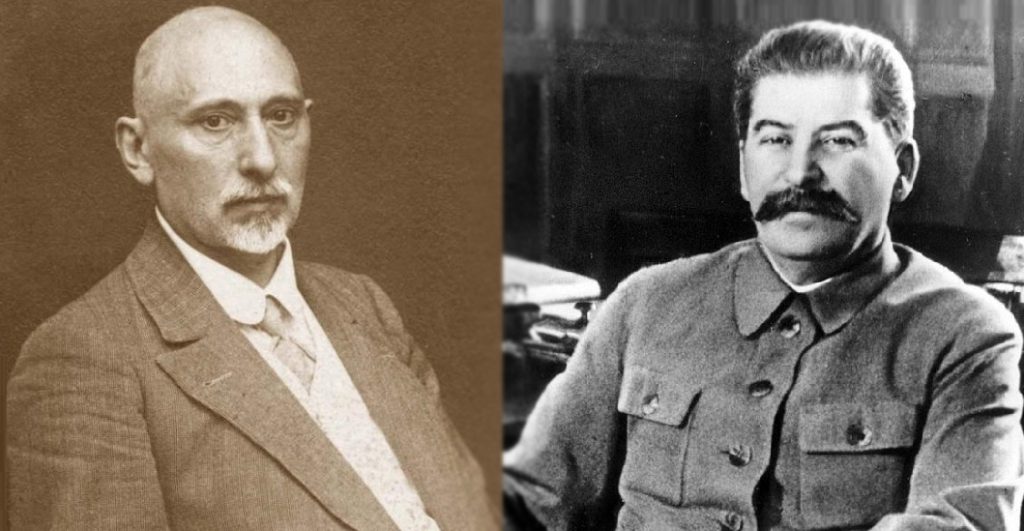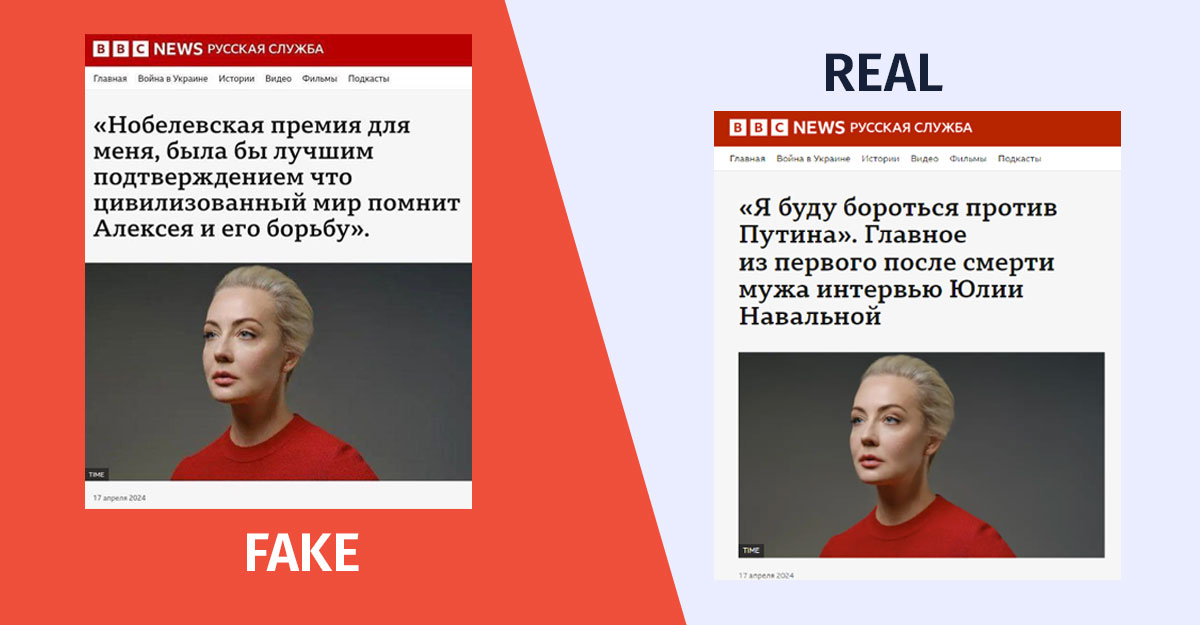On May 26, 2018, Valeri Kvaratskhelia, an anchor of Okros Kveta program on Obieqtivi TV and leader of the Neutral Socialist Georgia party, said that the Government of the First Democratic Republic of Georgia “plundered,” misappropriated and squandered Georgia’s national treasure in France. He also claimed that it was Joseph Stalin who spared no efforts to save and return the remaining part of Georgian national treasure to the homeland.
Valeri Kvaratskhelia’s allegation that the Government of the First Democratic Republic of Georgia sold Georgian national treasure, whereas the remaining part was returned to the homeland through the efforts of Joseph Stalin, is a lie. Only 39 out of 248 boxes taken to France contained national treasure and all these boxes were fully returned to Georgia. The property sold in France involved state-owned property and consumer goods rather than national treasure. The received money was spent on purchasing the Leuville Estate and storing national treasure in the banks of France.
Fact 1. Georgia’s historical and cultural wealth – national treasure was fully returned to the homeland.
- Only 39 out of 248 boxes taken into exile to France contained national treasure (museum exhibits, church items, archival materials, manuscripts, etc.).
Georgian national treasure taken from the country in 1921 was distributed in 248 boxes and sacks. Upon arrival in France, part of the treasure was re-arranged in boxes. According to the available historical documents out of 167 boxes handed over to the Marseilles Bank on May 11, 1921:
- 112 contained state-owned property (mainly gold and silver bullion);
- 16 boxes – consumer goods, including vases, watches, etc.;
- 39 boxes – national treasure (precious pieces of historical and cultural significance).
Various archival documents confirm that the national treasures placed in 39 boxes were returned to the homeland without any losses. The list of property made by the government officials for the Marseilles Bank, the so called “dossier” is stored in Ekvtime Takaishvili’s personal archives. Moreover, in the 1930s, various newspapers published the lists created by museums – the list of property “plundered” by the Menshevik government (as mentioned by the press of that period). For example, in 1931, a daily newspaper Communist published the list of treasures taken from the Tbilisi Museum. The comparison of these lists and the returned pieces makes it clear that the national treasure was returned harmless. The same is confirmed by the conclusion of the Soviet commission, which was not loyal to the Menshevik government declared by it as enemies of the people. After returning the treasure to Georgia, it was handed over to the national museum. The commission consisting of Soviet academicians and professors and chaired by Simon Janashia, director of the Museum, examined each item, compared them to the lists provided in various catalogues and ascertained that not a single item was lost. It should also be noted that upon his return to Georgia, Ekvtime Takaishvili, a member of the Menshevik government, who was in charge of protecting the national treasure, was restored as Professor at the Tbilisi University and elected as a member of the Academy. He continued to deliver lectures until the wave of Stalin’s repressions reached him and his family.
- Despite economic hardship, the Georgian Menshevik Government and Ekvtime Takaishvili did not sell even one piece of the national treasure.
Government of the First Democratic Republic of Georgia sold only state-owned property and consumer goods in France. The main part of the received sum was spent on purchasing the Leuville Estate, which is presently owned by the Georgian state. They also used this money to pay the fee for storing the treasure in the French bank. .
Ekvtime Takaishvili rejected the proposals of private collectors and museum representatives, including from New York and London, who offered him huge money in exchange of selling or exhibiting the Georgian national treasure.
Moreover, Ekvtime Takaishvili even managed to enrich the national treasure. For example, he bought Ekaterine Dadiani’s bracelet, various archival manuscripts and books in France and handed them over to Georgian museums.
Fact 2. The national treasure was returned to Georgia not through Stalin’s efforts, but upon Ekvtime Takaishvili’s initiative.
On April 9, 1935, Ekvtime Takaishvili wrote a letter to Vukol Beridze, head of the Administration of Scientific Institutions of the Georgian Soviet Socialist Republic: “I will not calm down until the pieces are returned to Georgia and handed over to the museums.” In 1935, Ekvtime Takaishvili sent a letter to French Prime Minister Pierre-Étienne Flandin: “The Georgian treasure can in no way be considered the property of the Menshevik government and therefore it cannot be declared ownerless due to non-recognition of this government… The treasure belongs to Georgian museums and it was temporarily handed over to the former Menshevik government, recognized in its time by the French government, for evacuation and protection.” Takaishvili wanted the Soviet Union to mediate with France in returning the treasure but the process was delayed. He asked his friends in Georgia for help in persuading the Soviet government to intensify its work on the issue. The Embassy of the USSR to France was involved in the issue, but Ambassador Bogomolov said that he was not familiar with the case of treasure; therefore, Ekvtime Takaishvili prepared a lengthy report about the treasure and sent it to Charles de Gaulle. It should be noted that the international situation and de Gaulle’s interest in cooperation with the Soviet Union played an important role in returning the national treasure to Georgia. In December 1944 he personally arrived in Moscow, where the sides signed the agreement on mutual assistance. Eventually, on November 23, 1944, Charles de Gaulle issued the order on returning the national treasure to Georgia.
Difficult Path of Georgian Treasure from 1921 to 1945
On February 20-21, 1921, the national treasure was collected in Tbilisi and various regions of Georgia and brought to Batumi on March 3. On April 10, 1921, the treasure was taken from Batumi via Istanbul to Marseilles. The only person who guarded the Georgian national treasure en route to France was old and feeble Ekvtime Takaishvili and his wife. Upon its arrived in France the treasure was placed in the Marseilles Department of the Bank of France on behalf of the Georgian government, where it was stored for 13 years. The treasure stored in France faced a lot of threats. Salome Dadiani, a descendant of Niko Dadiani, the last Prince of Mingrelia, actively fought for seizing the treasure belonging to the House of Dadiani.
The protection of Georgian national treasure in France and its return to the homeland was made possible through huge efforts of Georgia’s exiled government and personally Ekvtime Takaishvili.
Ana Chitaladze


























